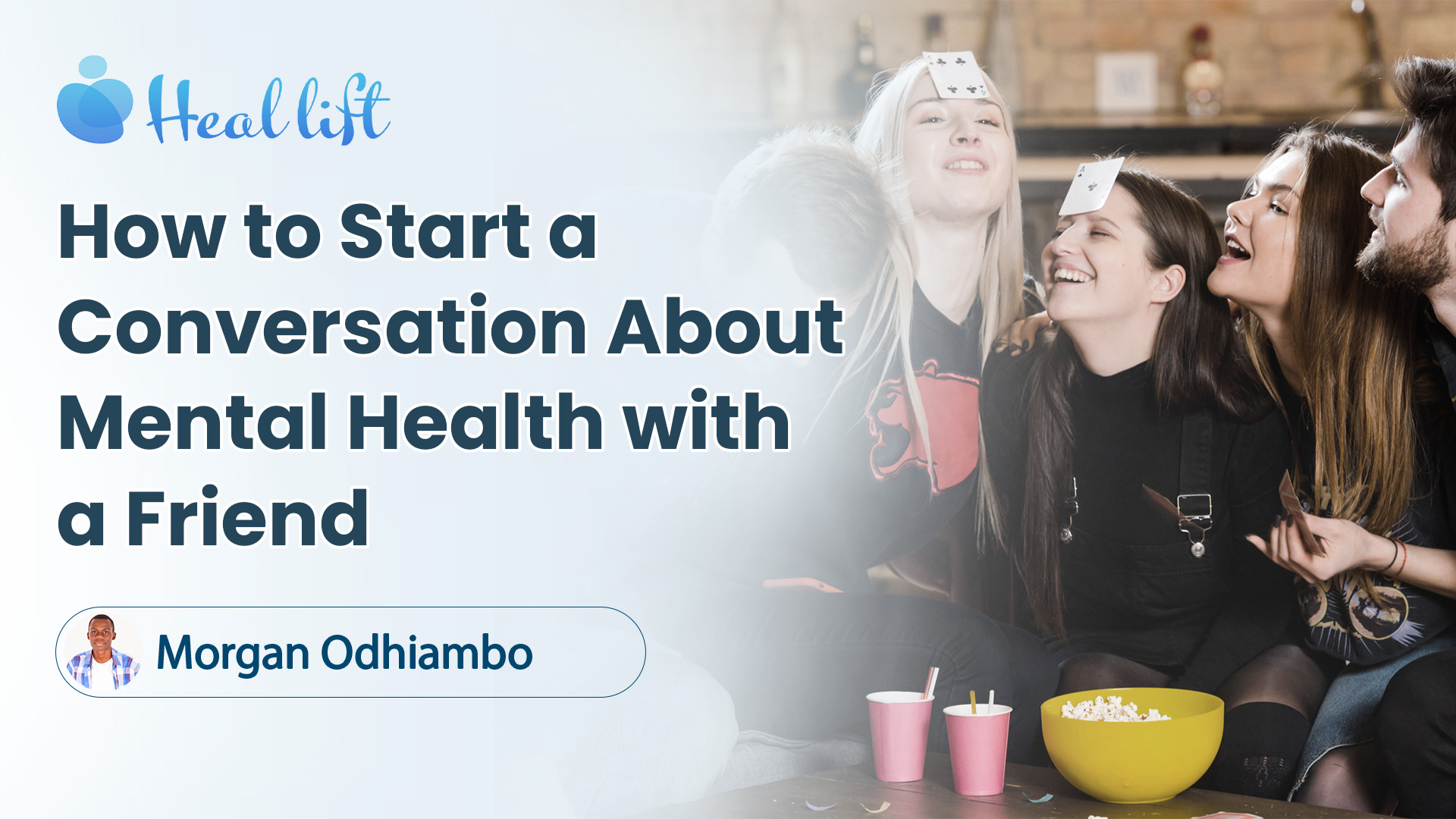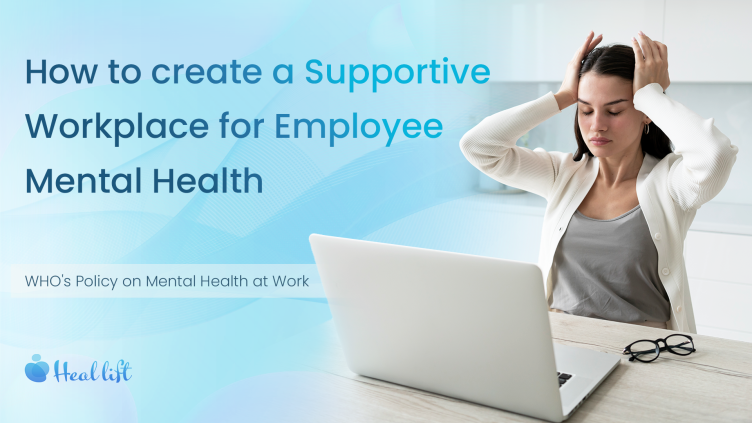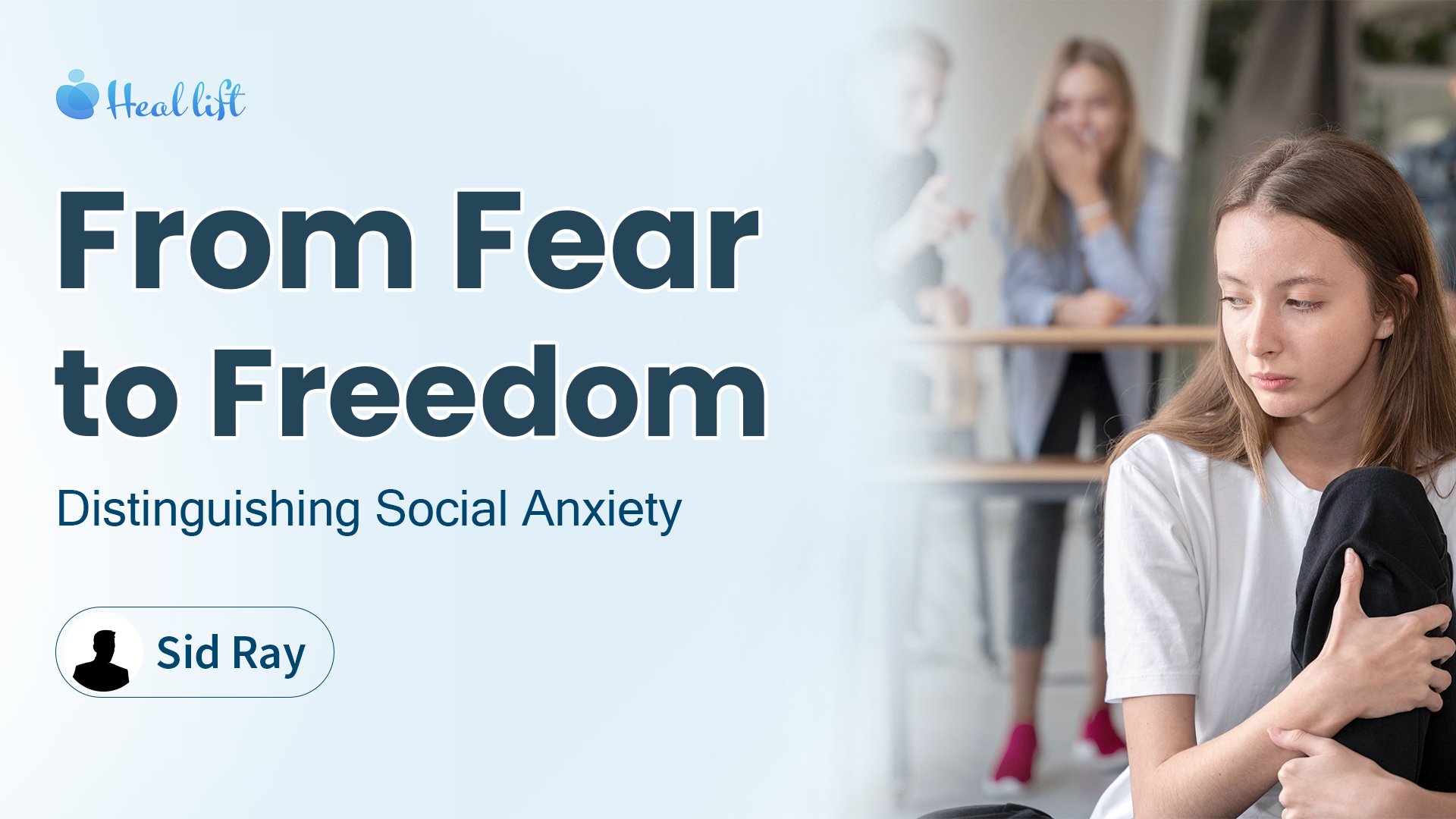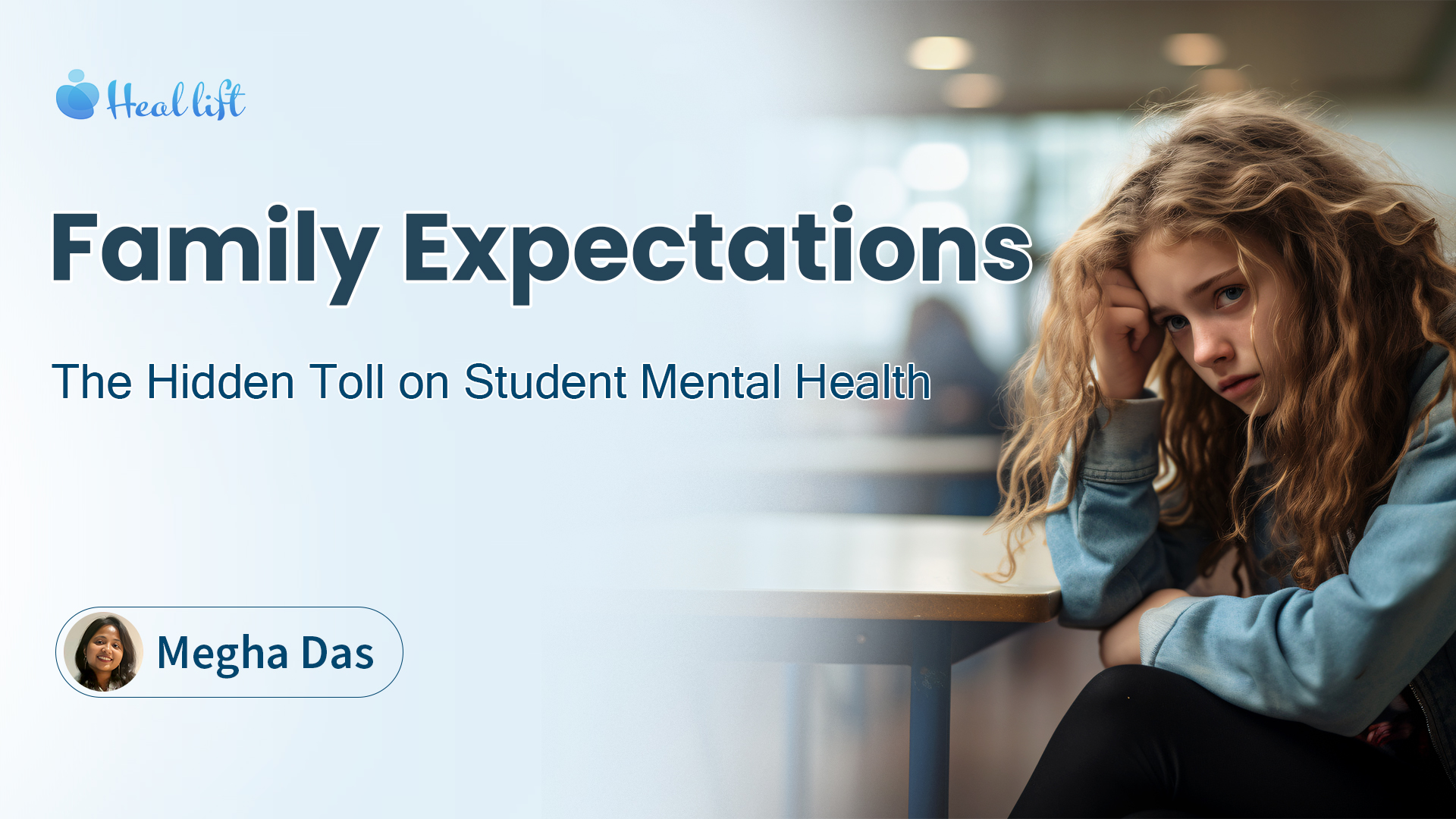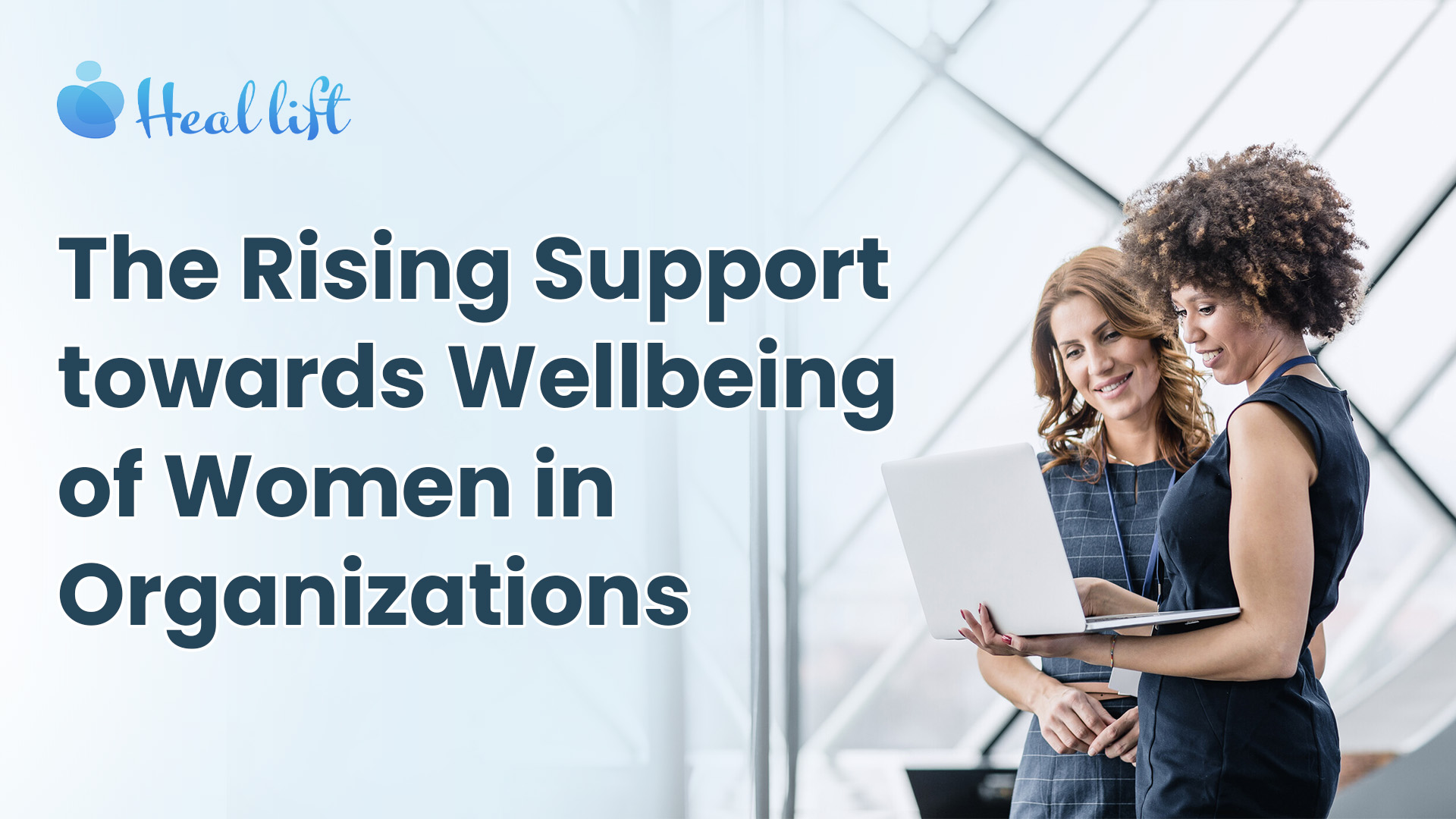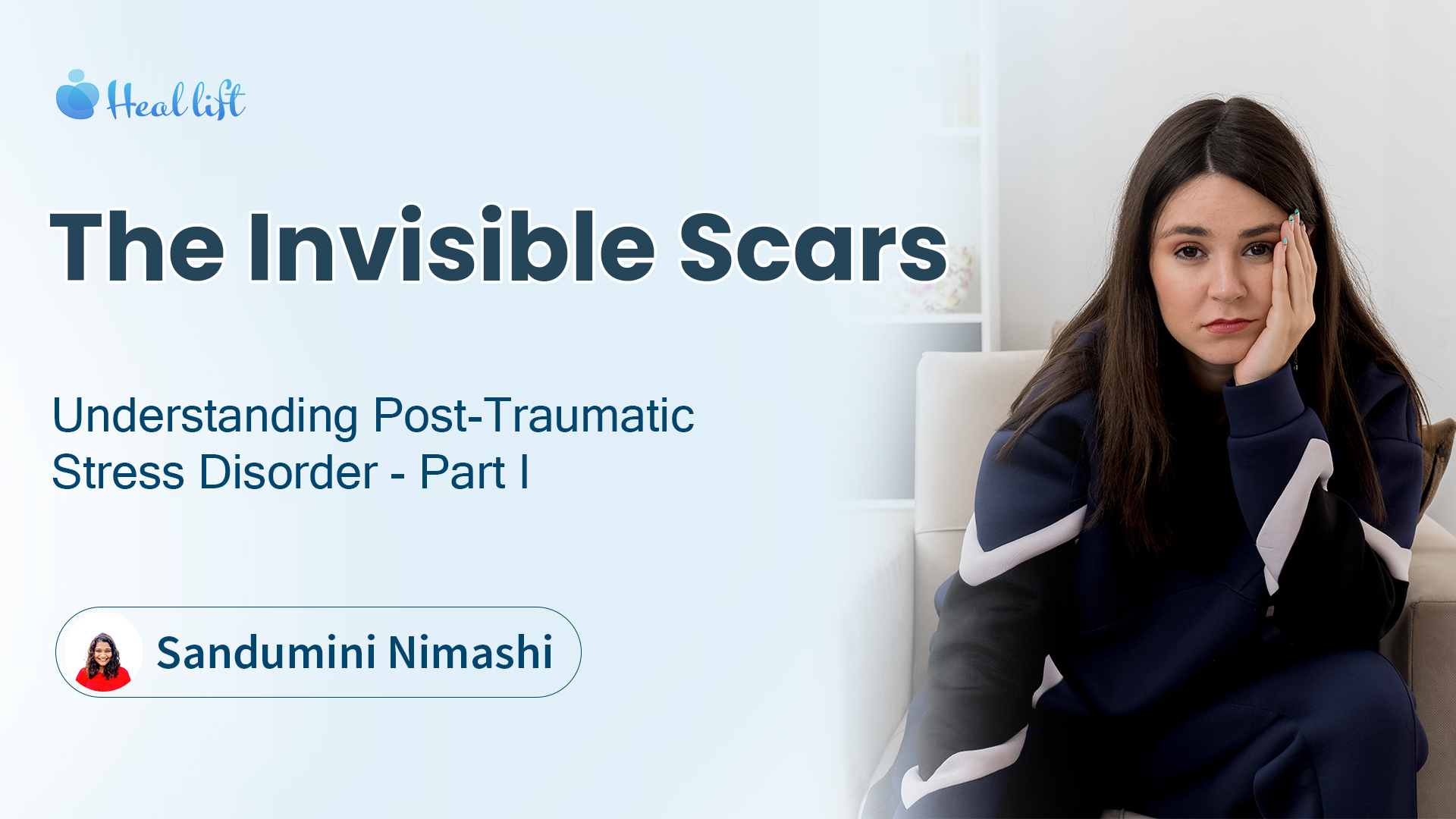Sid Ray
-
13 Jan 2024
From Fear to Freedom : Distinguishing Social Anxiety
Many people suffer from social anxiety, a silent enemy that goes undiagnosed or misinterpreted. Moreover, it's a journey that might start with fear and leave one feeling imprisoned, but with the right help and understanding, it can turn into a route that leads to liberation. Together, we will examine the intricacies of social anxiety and its various layers, as well as the path leading to freedom.
Understanding Social Anxiety
Being shy or introverted is only one aspect of social anxiety disorder; it goes beyond irregular social anxiety, and it is characterized by an intense fear of being looked down upon, inspected, or embarrassed in public. It's a severe and enduring fear that can have a major negative effect on a person's life by making it more difficult for them to go after opportunities, build relationships, or participate in daily activities.
The principle reasons that lead someone to become socially anxious can classified as;
Personality Traits - Certain psychological characteristics, including extreme introversion or perfectionism, may make social anxiety more likely to occur. Perfectionists may worry about making mistakes or falling short of their own high expectations in social settings, whereas introverted people may find social interactions taxing.
Societal Stereotypes - People who live in societies that place a high value on social performance, looks, or status may feel a great deal of pressure to perform well in social situations, which can heighten their anxiety.
Negative Past Experiences - Anxiety levels can rise in the future when confronted with similar scenarios due to the long-lasting effects of past humiliation, embarrassment, or social failure experiences.
Recognizing the Symptoms
People who struggle with social anxiety frequently learn how to put on a mask - a facade of normalcy that hides their inner distress. They may present an air of quietness, reserve, or indifference on the outside, but underneath is a turmoil of anxiety and self-criticism.
It's critical to understand that social anxiety is a mental health illness that needs support and understanding; it's neither a choice nor a personality trait.
Seeking the Path to Freedom
That being said, there is hope on the road from fear to liberation. The turning points on this journey are when you acknowledge and ask for assistance. Support groups, therapy, and expert advice are all excellent resources for overcoming obstacles.
Cognitive-Behavioral Therapy (CBT) and exposure therapy are two therapeutic approaches that enable people to confront their anxieties progressively, question their negative beliefs, and create coping mechanisms. In certain situations, medication may also be helpful in treating symptoms.
Embracing Liberation
People break free from the bonds of social anxiety as they advance through therapy and self-discovery. They come to understand that their worries were unfounded and that many of the judgments they were afraid of were figments of their imagination.
Social encounters become less scary with practice and time, as they begin conversing more openly and expressing themselves without having to worry about being uncomfortable all the time. The meetings that were formerly dreaded become chances for development, communication, and self-expression.
Conclusion: A Journey Worth Taking
When it comes to social anxiety, the path from dread to freedom is not simple. It's full of obstacles, disappointments, and vulnerable times. However, it's a worthwhile journey - a life-changing experience that results in a renewed sense of self-acceptance, confidence, and the freedom to live life as one sees fit.
Let's work to stand-in understanding, compassion, and a welcoming community that encourages and supports those going through this journey. By working together, we can overcome fear with knowledge and loneliness with connection, opening the door to a society that is more caring and inclusive.
Recall that the path from fear to freedom is about learning to live with worry rather than trying to get rid of it completely.

